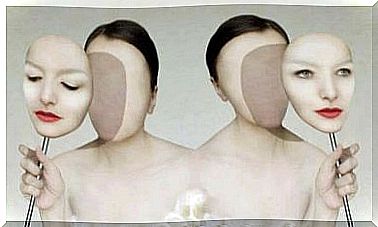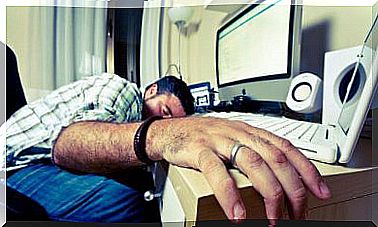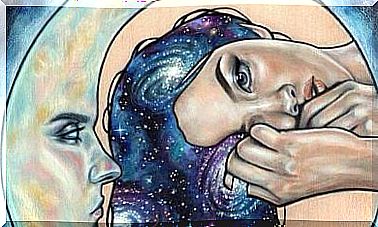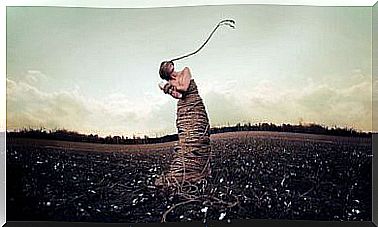What Happens In The Brain When We Decide To Buy?

For many, shopping is a relaxing activity. Buying new shoes or buying a new fragrance from our favorite perfumer can be very satisfying. But, have you asked yourself, what is the relationship between the brain and shopping? How do we decide between one thing or another?
Some branches of neuroscience have attempted, with research, to answer these questions. In this article, we will explain how our brain behaves when making purchases and which variables are the ones that have the most weight for us to choose one option or another.

How is the brain divided?
To begin with, it is important to indicate that we can “split” the brain in different ways according to different criteria. Taking as a reference the evolution of the brain in living beings, we will divide into three parts.
The first part is the primitive or reptilian brain, which is responsible for the instinctive and basic reactions of our behavior. It is responsible for our survival when we find ourselves in dangerous situations. They are usually rigid, compulsive and do not know how to face innovative situations. The simplest instincts are governed and guided.
The second part is the limbic brain. In it, emotions are managed and regulated, collaborating in the memorization of experiences. Creates a reference system that helps to understand the semantics of objects, whether real or abstract, and to relate them to emotions. It has a significant influence on the perceptions given by our senses. It is considered the part where value judgments are made unconsciously that affect behavior.
The last part is the neocortex, seat of logic and reason. It is the part that we use the most to develop ourselves in the world. Here, what is received through the senses is processed and becomes a verbal and non-verbal reaction. It takes care of most of the complex cognitive processes.
The reptilian and limbic brain in shopping
On many occasions, the purchases we make are not because we need it, but because we want it. This is attributed to the influence that the reptilian brain has on the limbic.
In these cases, emotions influence us to feel a pleasant sensation with respect to a product, and our most primitive part decides to buy the product for this reason. From this perspective, little influence of the neocortex is observed.
Another aspect that is related between the brains that we call “more” primitive and shopping is sensory perception. This is because when we see a product, different areas are activated automatically that tell us if this is pleasant or not. These perceptions are decisive, since they cause our brain to react and be driven to make the purchase of that product.
Emotions and their relationship with the brain and shopping
Emotions are fundamental in the decision-making and purchasing process, therefore, it has been the objective of study in multiple investigations. Thanks to the technologies used in the neurosciences, it has been found that emotional activation is much faster than cognitive and conscious activation. This happens in all aspects of our life, being of vital importance when buying.
Therefore, the emotional impact of a message or product runs much faster than the message about its functionality. When the object causes us to bring positive memories to our consciousness, positive emotions about it are activated, and therefore makes us decide to obtain it.
As a consequence, advertising has been found to have a primarily emotional focus. This means that, through different perceptions that are related to an object, you want to awaken positive emotions. Likewise, the person tends to relate to pleasant aspects of everyday life.
This will help to activate less conscious aspects in our brain, and the purchase decision is made taking into account emotional aspects. In addition, these positive feelings can be associated not only with a product but also with a brand.
The result that occurs is that the moment we are going to obtain a product, the brand that we associate with positive emotions will have preference. Therefore, we begin to configure our brain and the habit of buying.
Motivation and decision making in purchases
As we know, all behavior begins with a motivation or an impulse to meet some need that arises. There are primary needs, which are related to physiological aspects, necessary to meet to live. In this case, aspects such as eating or sleeping are taken into account.
On the other hand, there are secondary needs, which are related to social patterns. The motivations that lead to meeting these needs is the importance of feeling part of the group. This leads our brain to buy objects that favor our integration. An example may be the technology to communicate using the most popular tools or applications.
As we explained previously, the functionality of an object is not, as a rule, the variable that has the most weight in our purchasing decisions. On the contrary, the leading role is taken by the emotion it generates in us. Therefore, if we imagine ourselves feeling better with this product or anticipate that it will grant us more happiness, power or social integration, it will be easier for us to end up buying it.
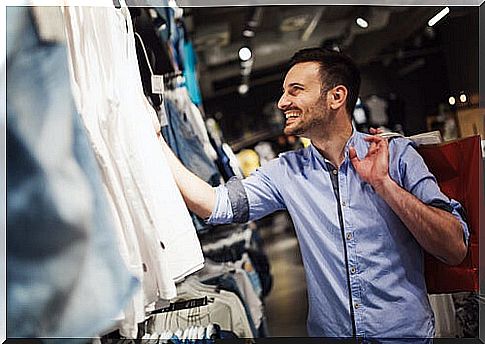
conclusion
Finally, it is important to indicate that there is a close relationship between the brain and shopping. In this sense, many times we believe ourselves to be logical beings in terms of consumption, when the data tells us that, on average, we are highly influenced by the emotional part or the stimuli that surround us and that they can generate very credible mirages.
Along these lines, when a product makes us feel a pleasant emotion or evokes a nostalgic memory of our childhood, it acquires the power to influence our purchase decision. That is, when we are buying something, and what they offer us removes some happy memory from your memory, most likely your brain decides to buy it.

